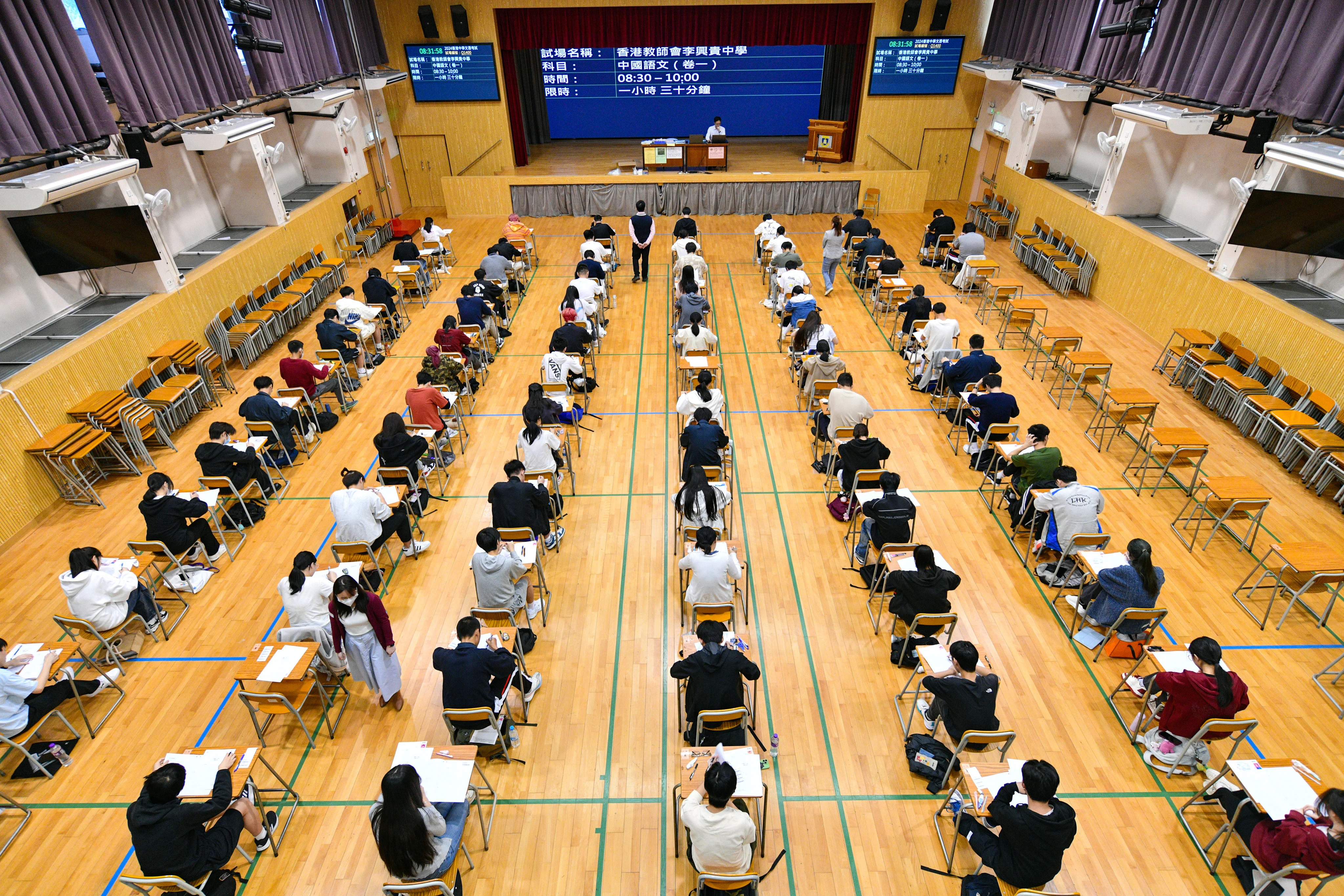Copyright Interesting Engineering

Knitting may soon move beyond sweaters and scarves. A team of researchers at Cornell and Carnegie Mellon University has built a prototype knitting machine that can create solid, three-dimensional objects instead of flat sheets of fabric. The system can add stitches in any direction, including forward, backward and diagonal, allowing users to produce complex shapes with varying stiffness across different sections. Unlike traditional knitting, which forms a continuous sheet of yarn loops, this new approach works more like a 3D printer. It builds shapes layer by layer, giving users control over both the structure and texture of the material. For François Guimbretière, professor of information science in Cornell’s Ann S. Bowers College of Computing and Information Science and the Department of Design Tech, the idea of solid knitting has been years in the making. “We establish that not only can it be done, but because of the way we attach the stitch, it will give us access to a lot of flexibility about how we control the material,” he said. “The expressiveness is very similar to a 3D printer.” Guimbretière’s interest in the concept began in 2016 while experimenting with a knitting machine in the lab of Scott Hudson, professor of human-computer interaction at Carnegie Mellon. He later built the prototype himself during the COVID-19 pandemic, relying mostly on 3D-printed parts and components assembled in his basement. Building from code to fabric At the heart of the machine is a 6×6 array of knitting needles, each equipped with a 3D-printed symmetrical double hook supported by a brass tube. The two halves of the hook move independently, enabling the device to knit or purl depending on which part picks up the first loop. To guide the process, the researchers created a custom code library containing digital patterns for each type of stitch. This code can then generate a program tailored to any specific object. Because the knitting head moves freely over the grid of needles, it can produce shapes that traditional machines cannot. So far, the team has successfully knitted small objects shaped like a C and a pyramid, showing that the machine can handle curves, layers, and overhangs with ease. Toward medical and material uses The prototype is still in early stages and far from commercial use. It sometimes drops loops or snags the yarn on the wrong needle, and it works slowly. But Guimbretière plans to refine its design and make it more durable. Scaling up the system is also feasible, he said, simply by increasing the number of needles. He believes the technology could serve applications beyond conventional textiles. “With further improvements, this type of approach may be useful for medical applications, such as knitting structures that support the growth of artificial ligaments or veins,” he said. The team’s study, “Using an Array of Needles to Create Solid Knitted Shapes,” was presented at the ACM Symposium on User Interface Software and Technology in Busan, Korea.



